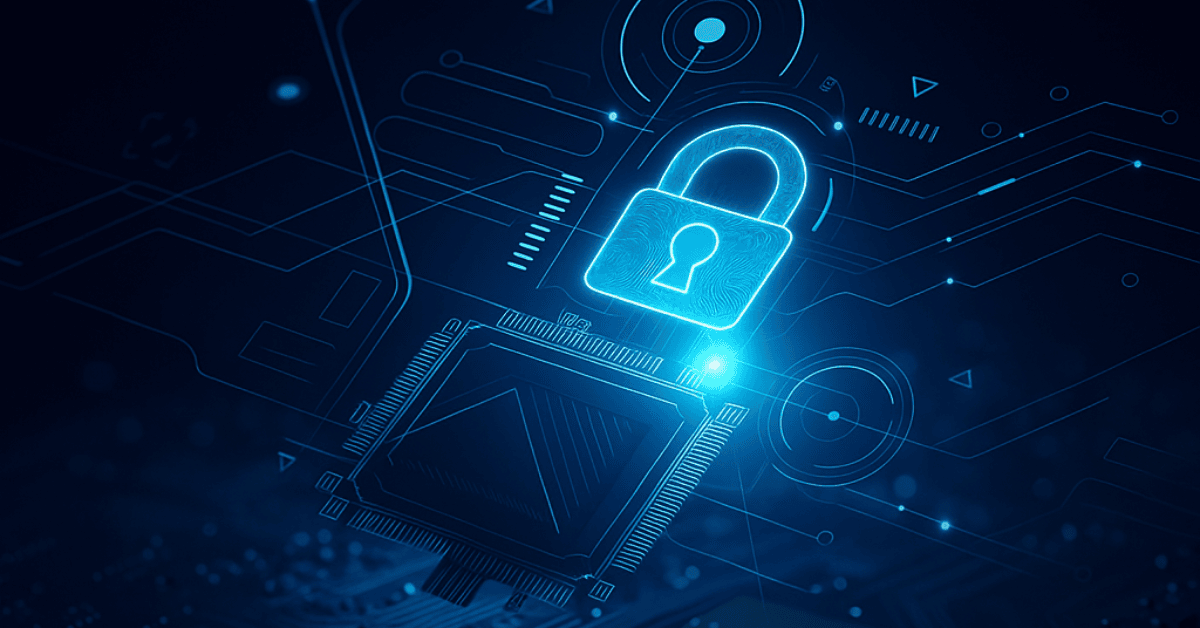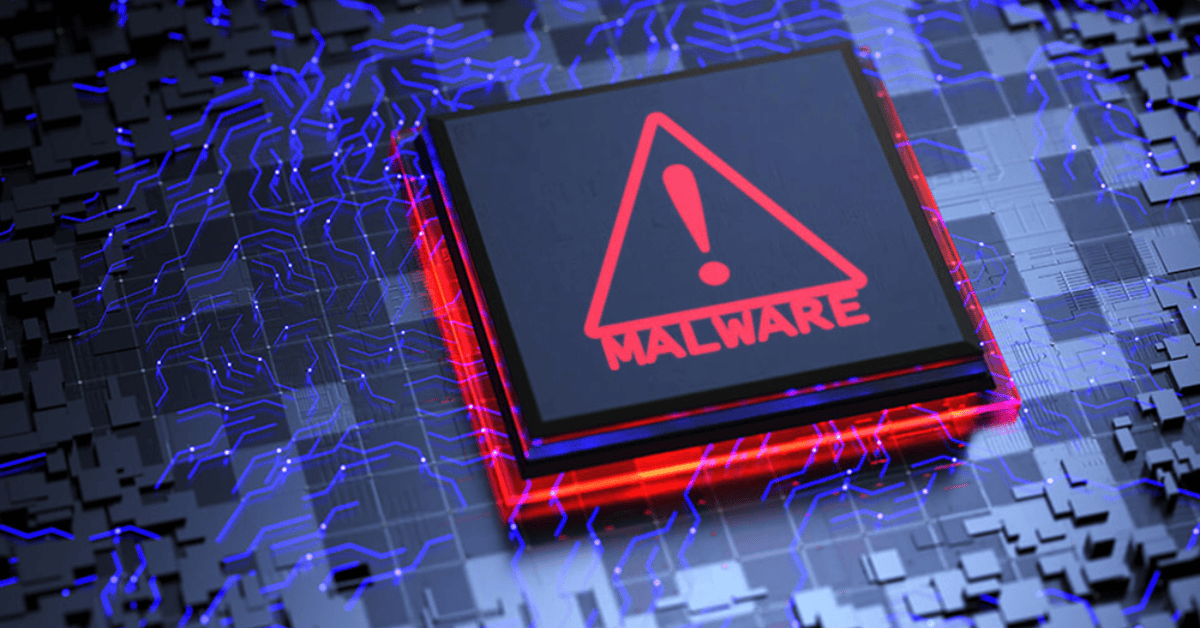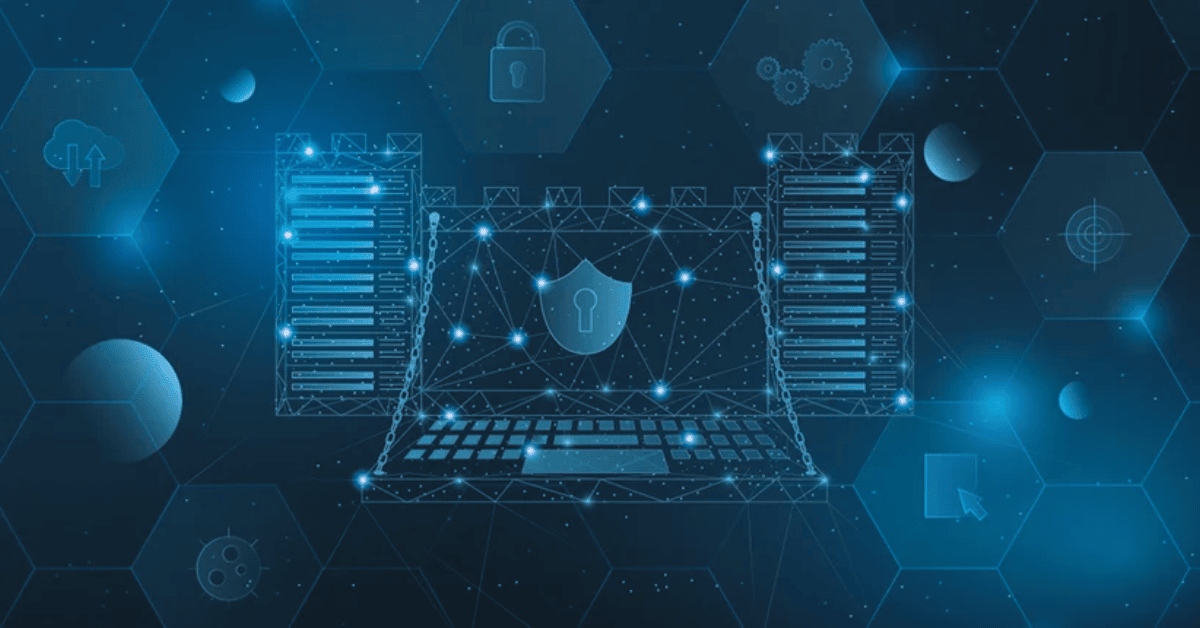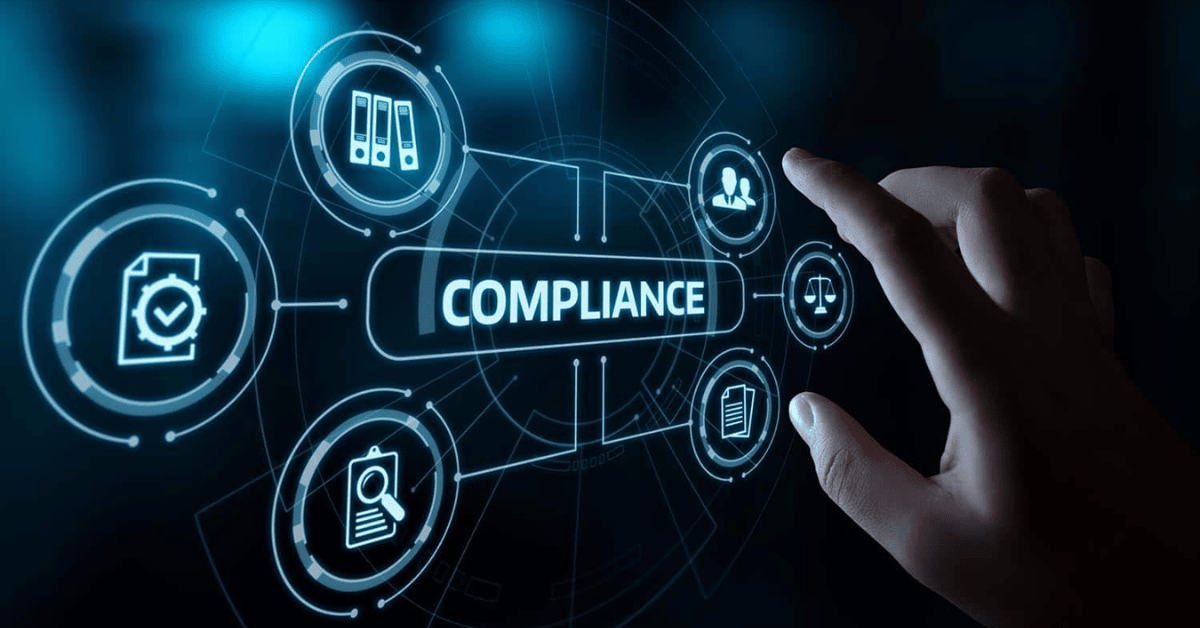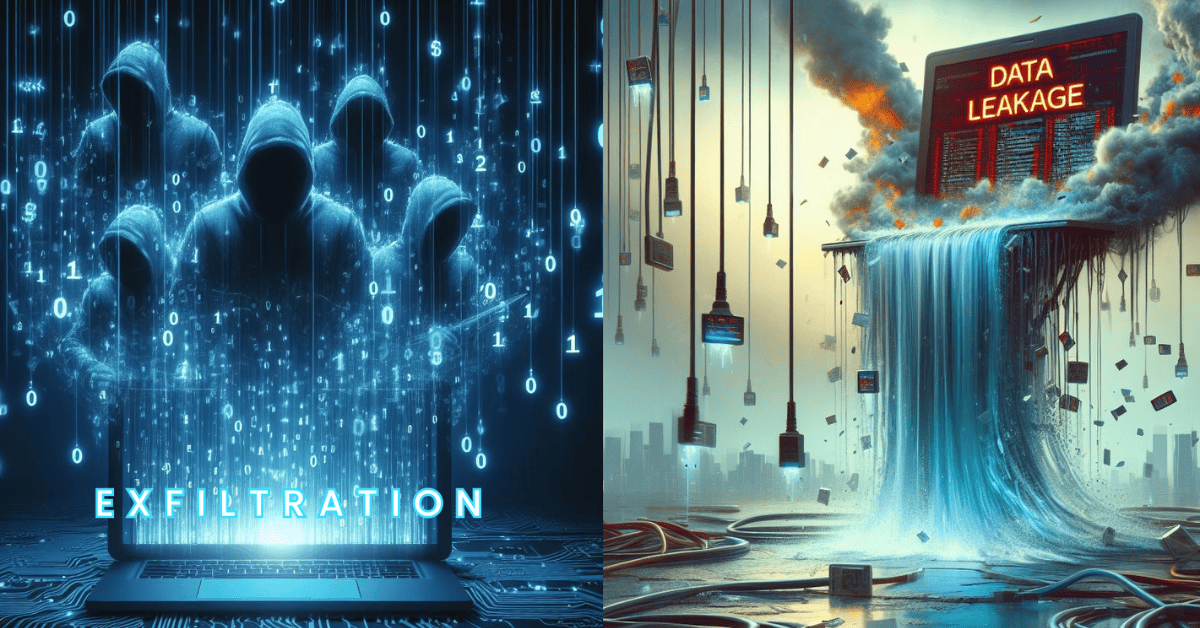Blog
Exploring emerging technological trends and their impact
Kernel Driver Development: The Foundation Of Advanced Threat Detection
In today’s threat landscape, attackers are going deeper—operating in the kernel space with rootkits, zero-days, and fileless malware that bypass traditional tools. This article explores why kernel driver development is now the foundation of modern threat detection, …
Why Kernel-Level Security is a Competitive Advantage for Modern Cybersecurity Products
Cyber threats are moving deeper into the operating system—bypassing traditional defenses. This article explains why kernel-level security is now a competitive advantage for cybersecurity vendors. From real-time detection and USB/device control to DPI and process integ…
How Malware Evades Detection and What Engineers Can Do About It
Malware is evolving to outsmart traditional defenses—using packing, obfuscation, process injection, fileless execution, and even sandbox evasion. This post breaks down how attackers hide and the engineering countermeasures that actually work—from kernel-level monito…
How We Turn PE Files into Images: A Novel Approach to Malware Detection
What if malware detection could be visual? At VoidStarIndia, we’ve pioneered a novel approach—turning PE files into images and analyzing them with CNNs. This post explains how binary data becomes grayscale patterns, why it boosts resilience against obfuscation, and …
Kernel-Level Security Modules: The Foundation of Your Cybersecurity Product Stack
Most security tools protect the surface—but real resilience starts in the kernel. This post explores how kernel-level security modules provide deep visibility, real-time enforcement, and protection against rootkits, ransomware, and privilege escalation. Learn their ro…
How Modern Cybersecurity Startups Are Using eBPF to Build Smarter, Faster, Safer Products
Cybersecurity startups need kernel-level visibility—but can’t afford the risk of writing kernel code. That’s where eBPF comes in. This post explores how modern teams use eBPF for real-time observability, high-speed DPI, runtime security, and zero-overhead tracing�…
Data Protection – Compliances Adhering to Industry Needs
Data is the new treasure—and compliance is the vault protecting it. This post explores key data protection regulations across industries, from GDPR and HIPAA to India’s DPDP Act, SEBI, and RBI guidelines. Learn how compliance safeguards sensitive information, reduce…
The Anatomy of Linux Distributions
Linux isn’t just one OS—it’s an ecosystem of distributions tailored for servers, desktops, cloud, security, HPC, and more. This post breaks down the anatomy of Linux distros, from package formats and desktop environments to specialized use cases in development, ne…
Unlocking the malicious traffic within secure communication
Encryption protects data in transit—but it also lets malicious traffic hide inside HTTPS. This article explains how proxy servers and Windows kernel-mode filter drivers can intercept, decrypt, and analyze encrypted traffic without breaking security. From TCP/TLS hands…
Enhancing AI/ML models through Feature Engineering and Data Analysis
Strong AI/ML models start with strong features. This post explores how feature engineering, data cleaning, and EDA can transform raw PE file attributes into reliable inputs for malware classification. From histograms, box plots, and violin plots to normalization techniq…
Leveraging the Power of AI/ML in Malware Detection
Traditional malware detection struggles to keep up with today’s evolving threats. This post explores how AI and ML transform detection by analyzing file metadata, strings, opcodes, APIs, and byte-level data. Learn how feature extraction, model training, and advanced t…
Difference between Data Leaks and Data Exfiltration
Data leaks and data exfiltration both expose sensitive information—but they differ in cause and intent. This post breaks down how exfiltration involves deliberate theft through malware, backdoors, or social engineering, while leaks often stem from human error, misconf…
Protecting Your Digital Assets
Data is the new currency—and protecting it is non-negotiable. This post explores the significance of data protection, from compliance and IP security to reputation and financial stability. It also highlights key challenges like insider threats and data proliferation, …


